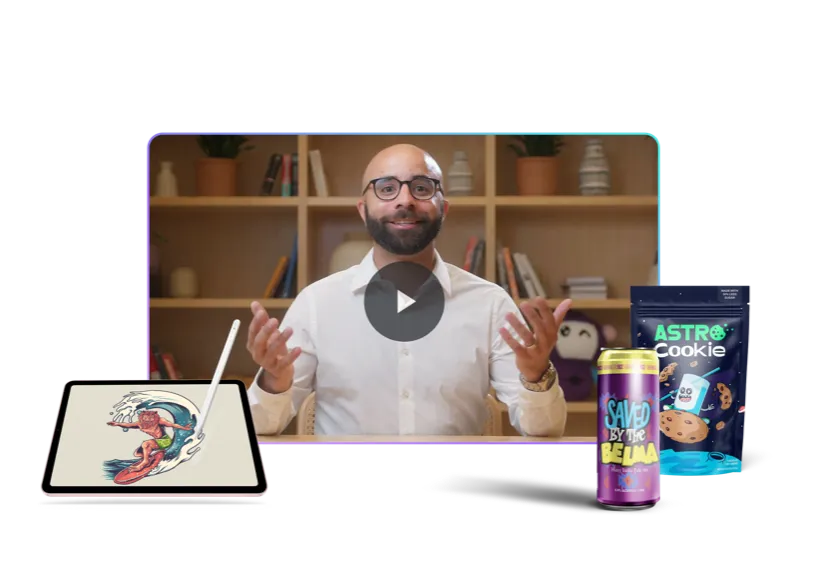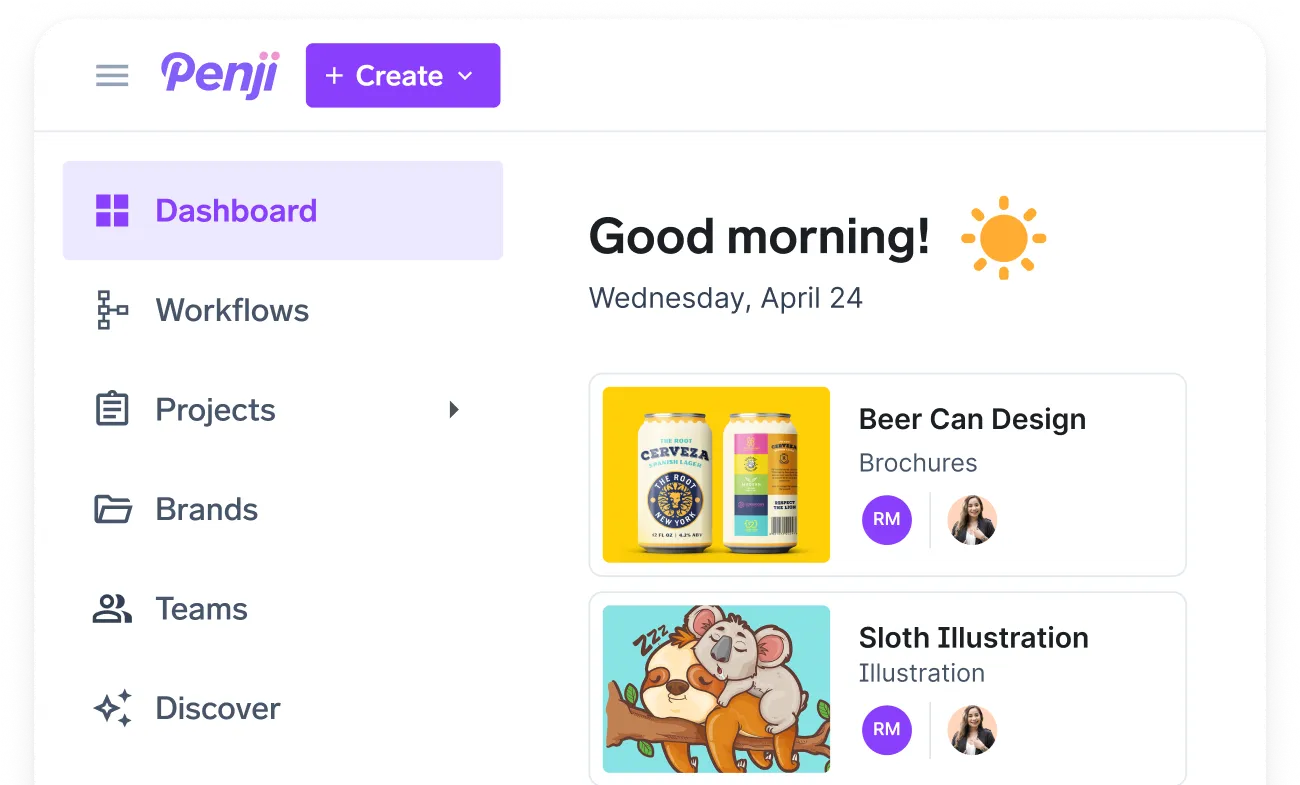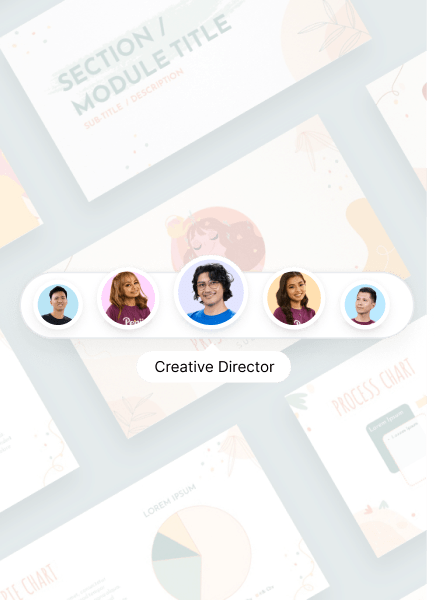
Introduction
Did you know that 65% of people remember information better when it’s paired with strong visuals? In a fast-moving digital world, the way your content looks can make the difference between someone paying attention or scrolling past. If your designs are slow to create or hard to adapt, you risk missing those valuable connections with your audience. That’s where flexible creative solutions come in. They enable you to adjust your designs quickly while maintaining consistency and professionalism.
In this article, we’ll explore 10 practical and adaptable creative strategies you can use in 2025 to make sure your visuals always work for you. Each section will walk you through the concept, explain why it matters, and show you how to put it into practice.
1. Flexible Creative Solutions
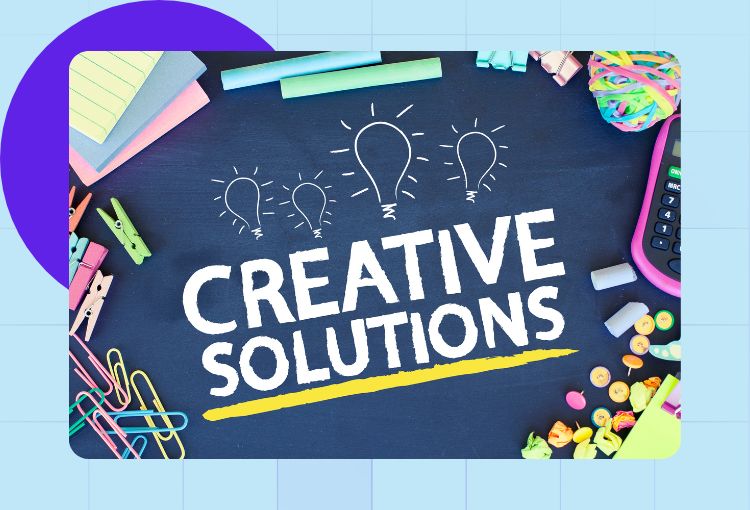
Flexible creative solutions are methods, tools, and strategies that let you quickly adapt your designs for different uses. Instead of starting from scratch for every new format, you can adjust one design to fit different platforms or audiences.
Why it’s important in 2025:
- Speed matters: You have to keep up with rapid trends and short deadlines.
- Consistency is key: Even when you adjust designs, your brand’s look should remain the same.
- Broader reach: One visual can be optimized for multiple formats, helping you connect with more people.
Example: Imagine you design a promotional banner for a product launch. With flexible tools, you can quickly resize it for Instagram, Facebook, your email newsletter, and even print—without losing quality or consistency.
How to apply it:
- Choose design software that supports resizing and easy asset management.
- Keep a shared folder of brand elements like logos, colors, and fonts.
- Plan your visual layout so it works in both vertical and horizontal formats.
2. Template Libraries That Work for You
Having a library of reusable templates can save you hours of work. These templates give you a strong starting point and can be adapted to suit any campaign.
Benefits:
- Reduces the time needed for repetitive design work.
- Keeps branding consistent across different projects.
- Makes it easier for teams to collaborate without confusion.
To make the most of this, create templates for your most common needs, social media posts, email headers, presentations, and blog graphics. Keep them organized and labeled so you can find what you need quickly.
3. Modular Design Systems

A modular design system means creating visual elements that can be rearranged and reused in different ways. Instead of designing a whole new piece from scratch, you use pre-made building blocks.
Advantages:
- Faster design creation.
- Easy updates change one module, and it updates everywhere.
- Strong brand consistency.
Example: A company might use the same photo frame style across all marketing channels. Changing the photo inside updates the design instantly without reworking the layout.
For professional modular design systems, consider partnering with a full-service creative agency.
4. Adaptive Color Palettes
Colors can change the mood of your content. With an adaptive palette, you can adjust colors for different seasons, trends, or events while keeping a recognizable look.
Why this works:
- Keeps your brand fresh without losing identity.
- Adapts to cultural or seasonal events.
- Works well for brands targeting different regions or audiences.
To make this work, choose a base color set for your brand, then add secondary colors that can be swapped in as needed.
For expert guidance, explore creative graphic design services.
5. Cross-Platform Design Planning
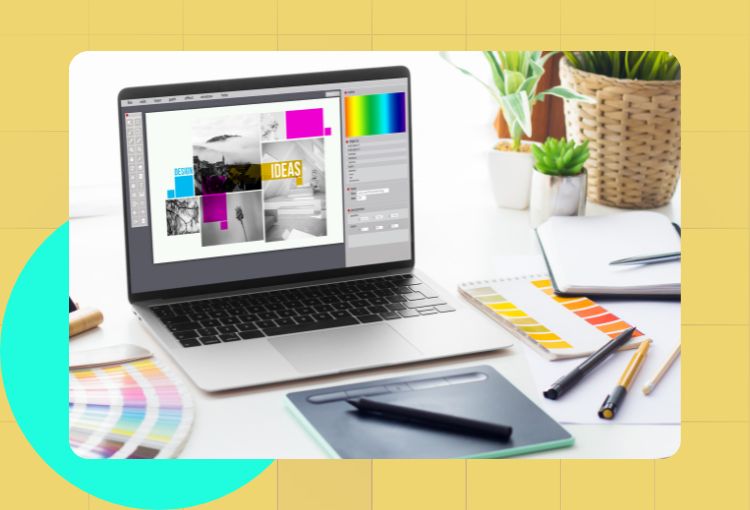
Not all platforms display visuals the same way. What looks perfect on Instagram might be cropped on LinkedIn or stretched on a website banner. Planning for cross-platform use ensures your designs look good everywhere.
Tips:
- Start with the largest size you need, then scale down.
- Check each platform’s image size guidelines.
- Test your designs before launching a campaign.
For seamless cross-platform designs, leverage professional creative support.
6. Real-Time Collaboration Tools
In 2025, creative work is rarely done alone. Real-time collaboration tools let multiple people work on the same design at once, speeding up feedback and reducing back-and-forth emails.
Benefits:
- Speeds up approvals.
- Reduces file version confusion.
- Makes it easier to work with remote teams.
Example: A marketing manager and designer can edit a presentation together, seeing changes instantly without having to send files back and forth.
For streamlined teamwork, check out Penji’s creative subscriptions.
7. AI-Powered Design Assistance

AI tools can help with design by suggesting layouts, resizing images, or even generating visuals based on your brand guidelines. They’re not a replacement for human creativity, but they can make repetitive tasks faster.
Best uses:
- Generating quick design drafts.
- Resizing for multiple formats.
- Testing different visual styles before committing.
For AI-enhanced creative solutions, explore Creative as a Service.
8. Asset Management Systems
If you’ve ever wasted time searching for the right version of a logo or photo, you know the importance of asset management. A good system stores, organizes, and tags all your brand’s visual materials.
Advantages:
- Saves time searching for files.
- Prevents mistakes from using outdated assets.
- Keeps everything in one secure place.
For organized brand asset management, consider partnering with a creative agency.
9. Style Guides for Consistency
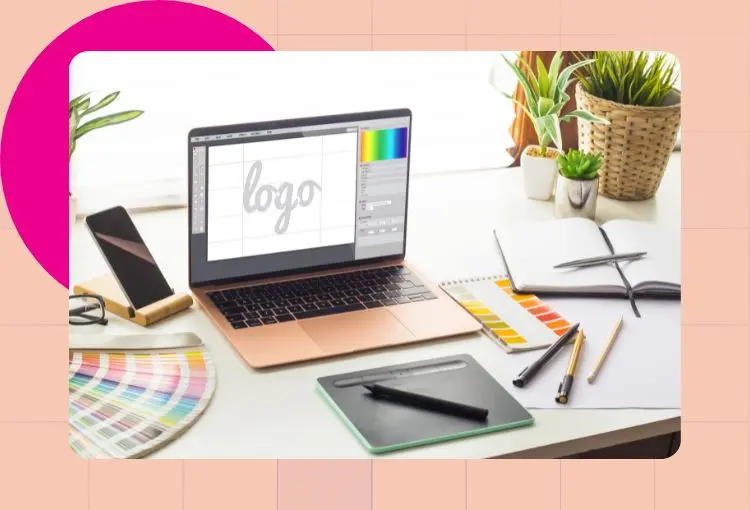
A style guide is your visual rulebook. It outlines your colors, fonts, imagery style, and how to use them. This ensures that no matter who creates the content, your visuals stay consistent.
What to include:
- Logo usage rules.
- Color codes and palette variations.
- Typography guidelines.
- Examples of correct and incorrect design use.
For professionally crafted style guides, explore Penji’s services.
10. Continuous Feedback Loops
Visual success isn’t a one-time achievement—it’s an ongoing process. Having a system for regular feedback ensures your visuals stay relevant and effective.
How to build a feedback loop:
- Collect audience responses and engagement data.
- Schedule regular design reviews.
- Make small adjustments instead of waiting for a big overhaul.
For expert-driven creative feedback, check out why brands choose Penji.
Conclusion
In 2025, visual content has to be fast, flexible, and high-quality. By using flexible creative solutions, you can create designs that adapt to any platform, meet tight deadlines, and still reflect your brand’s identity.
The key is to plan ahead, use smart tools, and keep your brand assets organized. Once you set up these systems, you’ll spend less time redoing work and more time creating visuals that connect with your audience.
If you want to take your design workflow even further, you can explore professional creative support at Penji.
FAQs
1. What are flexible creative solutions?
Flexible creative solutions are design methods, tools, and processes that allow you to quickly adjust and reuse visuals for different formats or audiences. They help you adapt to changes without losing quality or brand consistency.
2. Are flexible creative solutions only for large businesses?
No, Flexible creative solutions work for any size business, from solo entrepreneurs to global brands. They’re especially helpful for smaller teams that need to create high-quality visuals without spending too much time or money.
3. How do flexible creative solutions save time?
Flexible creative solutions save time by letting you reuse one design in multiple formats instead of starting from scratch. This approach streamlines your workflow so you can focus more on creativity and less on repetitive tasks.
4. Do I need expensive software for flexible creative solutions?
You don’t always need costly tools to apply flexible creative solutions. Many affordable or even free design platforms now include features for resizing, asset management, and template reuse.
5. Can flexible creative solutions improve brand consistency?
Yes, Flexible creative solutions keep your designs uniform across different platforms while allowing for necessary adjustments. This means your brand will always look professional and recognizable to your audience.
About the author

Je Ann Bacalso
Je Ann is a creative content writer who crafts engaging, SEO-friendly articles and web copy. With a passion for storytelling and a sharp eye for detail, she delivers clear, compelling content that connects with readers.
Table of Contents
- Introduction
- 1. Flexible Creative Solutions
- 2. Template Libraries That Work for You
- 3. Modular Design Systems
- 4. Adaptive Color Palettes
- 5. Cross-Platform Design Planning
- 6. Real-Time Collaboration Tools
- 7. AI-Powered Design Assistance
- 8. Asset Management Systems
- 9. Style Guides for Consistency
- 10. Continuous Feedback Loops
- Conclusion
- FAQs




